The difference between East and West culture will cause people to make some oolongs when communicating. For example, "dragon" represents two creatures in two cultures, one is a catastrophic evil beast, and the other is auspicious and dignified gods. It used to be translated as "dragon" together. Later, some people also translated the Chinese Dragon Press as "loong", and added an "o" to indicate that its body is very long, and the image is suddenly alive and vivid.
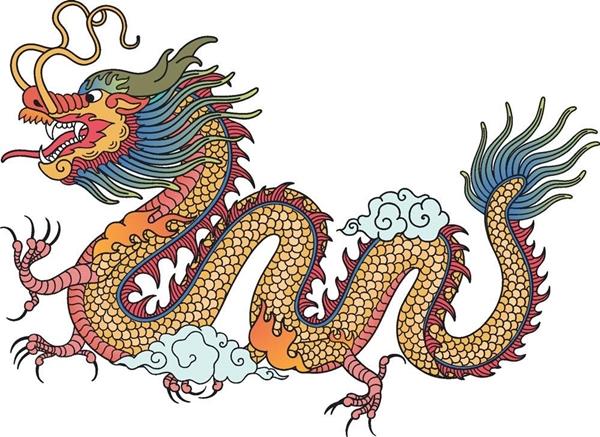
(The picture originates from the internet )
Although the meanings and image descriptions of dragons in Eastern and Western cultures are quite different, we can still find a common point in them-both dragons are snake-related creatures, with snake-like winding necks and tails, or direct With the body of a snake, you can soar freely in the sky, and it is closely related to natural elements such as water, fire and earth.
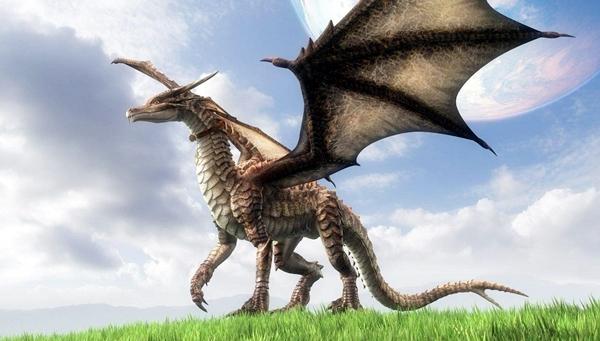
(The picture originates from the internet )
In fact, there are legends of this kind of mysterious creature resembling a long snake in early human civilization. For example, the ancient Greek dragon (drakōn) means "giant sea snake". The evil dragon in the Sumerian mythology is the long snake, the poisonous dragon that ate the world tree in the Nordic mythology is the big snake, and the devil Satan in the Christian mythology is also a Ancient snake ...
Combined with the snake body Nuwa and Fuxi in Chinese mythology, the academic community believes that this is the worship of snake totem that has always existed among human ancestors, and the dragon culture derived from the myth of the snake.
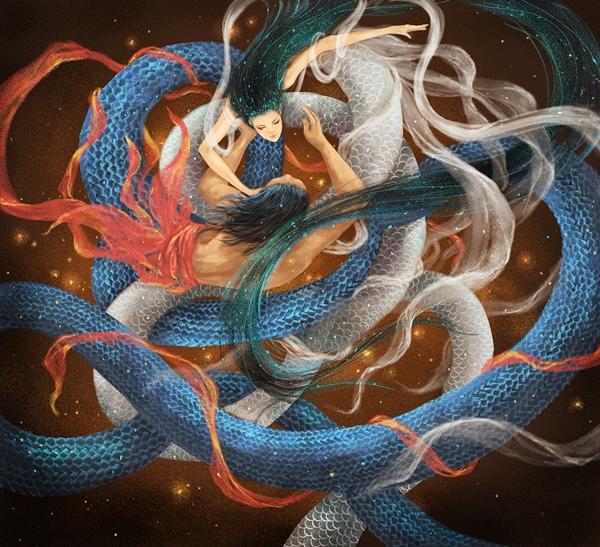
(The picture originates from the internet )
As for why the ancestors worshipped snakes, I am afraid no one can make a conclusion. But since dragons are all evolved from snakes, the East can continue to regard it as a god, but why does the West view it as an embodiment of evil and disaster?
Tens of thousands of years can make the sea become a mulberry field, and of course it can also make the dragon change from "good" to "evil." In the West, the image of the dragon was influenced by Greek and Babylonian mythology, and then integrated into the genes of Northern Europe and Celtic mythology, and then combined by Anglo-Saxon legends and religious mythology to create a very rich dragon culture.
The dragon is also a symbol of strength and sacredness in the culture of some peoples in ancient Western Europe. In Greek mythology, the dragon was arranged to guard the treasure in the cave, so that the dragon gradually became equal to greed. Later, the famous Christian legend of Eden must have been known to everyone-it was a snake that tempted Adam and Eve to eat the forbidden fruit. The snake was the incarnation of the devil symbolizing evil and temptation. No surprise.

Raphael's work "Michael Slaying the Dragon"
As Christianity achieved the status of ancestors in medieval Europe, the notoriety of the dragon was also written in various doctrines and derived literary works and cultures. It was not until the long dark clouds of medieval religion dispersed that the image of the Western dragon was changed in the folk. There are countless nobles with dragons as their family crests; muskets and artillery are often named after dragons or dragon-shaped monsters; Welsh people are proud of the red dragon flag; dragons have also frequently appeared on various architectural decorations.
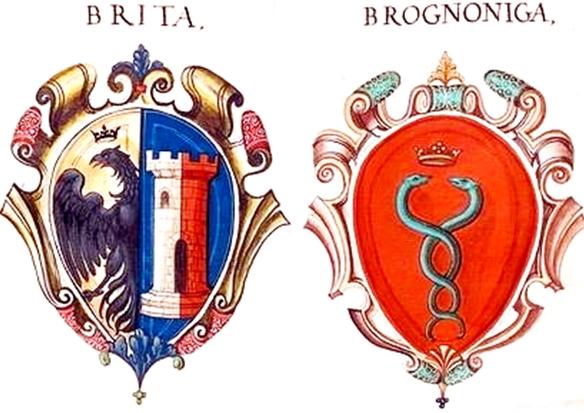
(The picture originates from the internet )
The dragon is finally no longer an incarnation of absolute evil, but more is understood as a neutral creature with powerful power and even magic, and has become a civilization totem again.
Since then, Long Chang has appeared in various fantasy literary works as part of the world view setting. Literary works that laid the image of modern Western dragons include Tolkien's "The Silmarillion", Anne McCaffrey's "Dragon Knight: The Year of Payne", George Raymond Richard Martin's "A Song of Ice and Fire", Christopher Paolini "Legacy" trilogy and so on.
Tolkien also portrayed a greedy dragon "Smaug" in his handed down book "The Lord of the Rings" series-a plume of black smoke from its teeth and nostrils, under the limbs and tail and the entire The cave was filled with all kinds of gold and silver jewelry. After Smaug died in The Hobbit, the dragon disappeared in Middle-earth, so no dragon appeared in the Lord of the Rings.
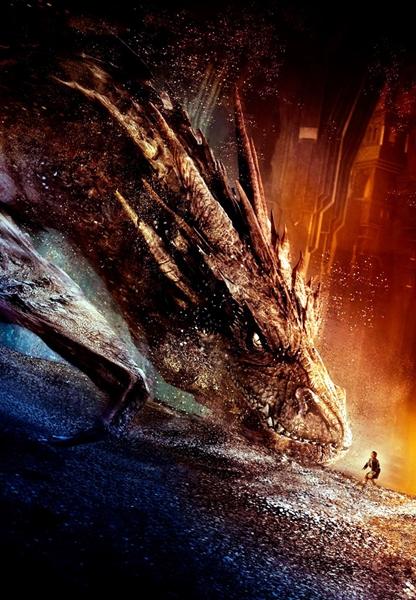
(The picture originates from the internet )
The most famous work related to dragons in the game industry is the table role-playing game "Dragon and Dungeon" launched by TSR in 1974. It is the originator of the TRPG (commonly known as "running group") game. Many literary, film and television and game works in later generations have had extremely far-reaching effects.
For example, the "Dragon Gun" series of novels to add world view and background settings to it, the movie "Dragon and Dungeon", the arcade game "Dragon and Dungeon", the online game "World of Warcraft", including the still new The version and extended "Dragon and Dungeon" series of board games have contributed greatly to the export of Western dragon culture.
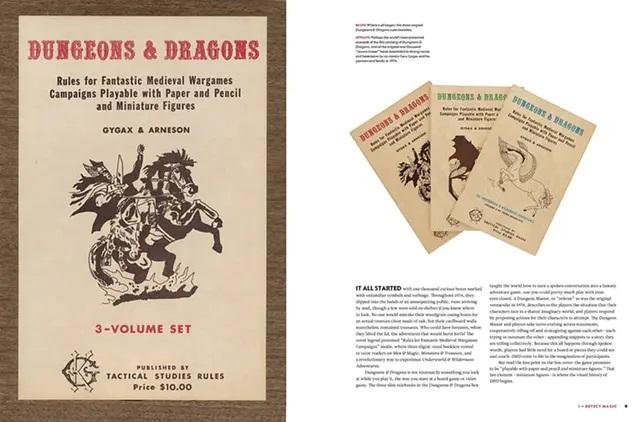
(The picture originates from the internet )
Modern board games originated in the West, so the basic discussion in the board games are all dragons based on "dragon". In addition to having some characteristics of a snake with a tail, these dragons are more like pumas, with huge wings or wings, strong limbs and pointed claws, and usually have green, red, or gold bodies around them. They will breathe fire or poison, or have poisonous blood, have strong power and magical abilities, and often appear as a level in the game or hidden in the last big boss.
For example, the American-style board game "Descent" series and "ARCADIA QUEST" series have dragons debut. In "Descent", the dragon can be controlled by the DM as the evil party to block the hero; in "ARCADIA QUEST", the dragon will be triggered automatically, and no one specializes in playing the evil party. "And" Chaos Dragon "expansion.
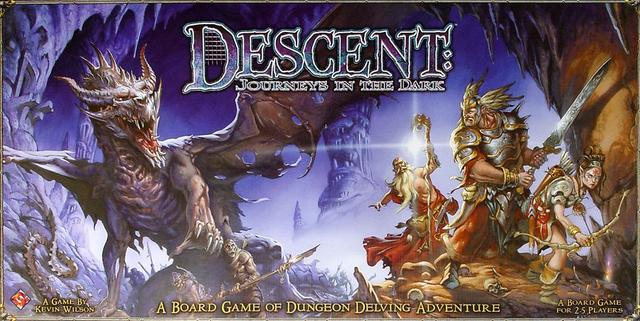
(The picture originates from the internet )
Japan has been influenced by Chinese culture since ancient times, writing the dragon as "竜", which is defined as "a kind of mythical creature introduced from China and blending with the original snake body of Japan".The famous Yamata no Orochi is also a kind of dragon.
However, due to the profound influence of Western culture since modern times, dragons are also regarded as evil monsters. In the Japanese board game "RORASURE", the player has to face a dragon. The story takes place in Bell Village on the border of the empire, and people are immersed in the joy of harvest as usual. Suddenly, the roar from the sky broke this tranquility, the dragon came, the creatures were charcoaled, and the fire burned the home. In order to return people to a peaceful and prosperous world, the empire recruited warriors from all walks to fight against the dragon.
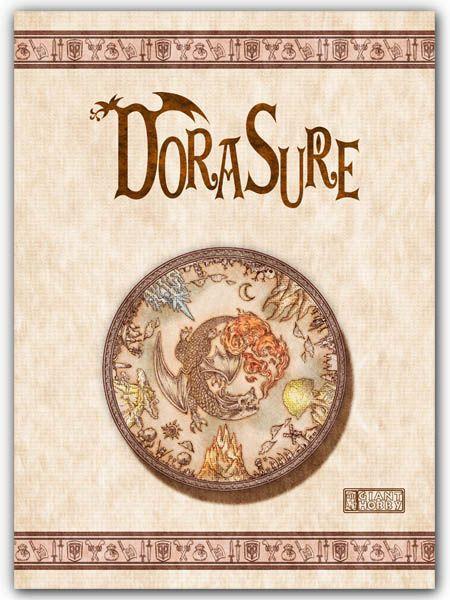
(The picture originates from the internet )
As a warrior, you must explore the five peaks, destroy the five lairs of the dragon, and let the dragon appear, defeat it to obtain the dragon's secret. Of course, on the way to the expedition, you will also alarm the dragon and increase the anger of the dragon. It will vent its anger from time to time and cause various problems to the expeditionary army. In the end, the warriors slaughter the dragon by rolling dice. This requires good luck. The strategy is not particularly strong, but the sense of substitution is still quite good.
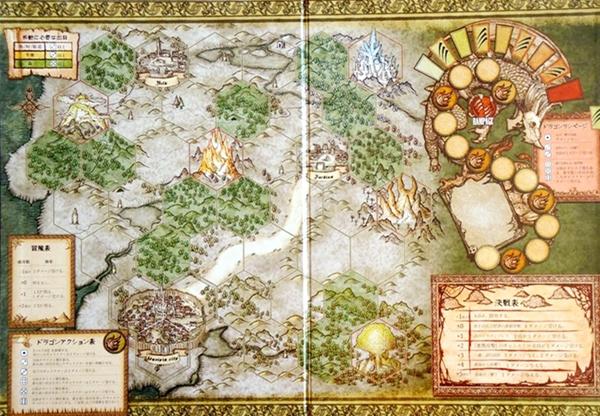
(The picture originates from the internet )
However, the Japanese-style dragon culture is very complicated. Under the influence of the fusion of East and West cultures, the dragon always presents its evil side. In another Japanese-style running group board game "Natural Fantasy R.P.G", the image of the dragon is much neutral and moderate.
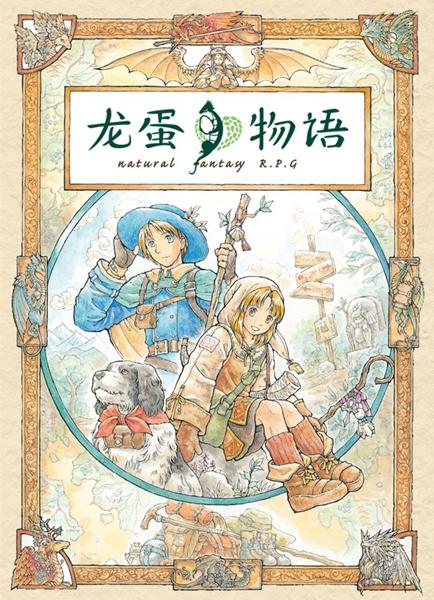
(The picture originates from the internet )
In this healing wind board game, the dragon is the creator of the world, the player acts as a traveler away from home, organizes a group to adventure in the city, and coexists with the dragon and the season, "Dragon Egg" is what the player has experienced and created story.
In addition to managing the game, the host of the game also plays the dragon to participate in the game. Dragon people can use "Dragon Breath" to cause miracles, save travelers in crisis and confusion, record their journeys, and write them into wonderful stories.
The dragons and dragons here are more like gods, bringing blessings and light to humans. Although they are still "dragon" in appearance, they are actually closer to the kind and gentle creatures of "loong" in the east.
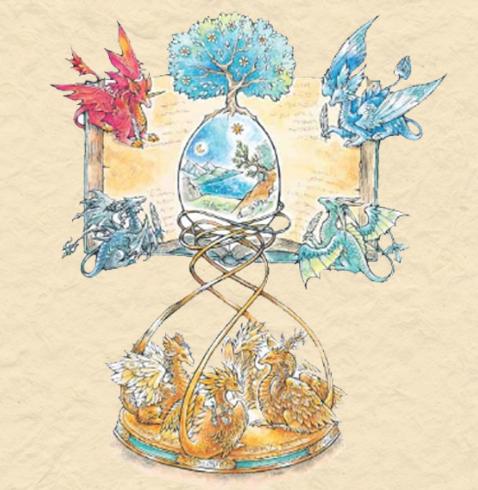
(The picture originates from the internet )
With the deepening of cultural exchange between the East and the West in recent years, the West has also begun to redefine and interpret the dragon culture in the East. For example, "Dragon Castle" launched by famous game publisher CMON in 2017, designed an abstract game board game inspired by traditional Chinese Mahjong.

(The picture originates from the internet )
In this game, the ancient and prosperous Dragon City is the center of the world, but after a long time, it begins to fall and is no longer favored by the Shenlong. Players fought to conquer the Dragon City, pick up debris from the ruins of the collapsed Dragon Fort, summon god beasts, build their own kingdom and temple, and pray for the favor and help of the dragon.
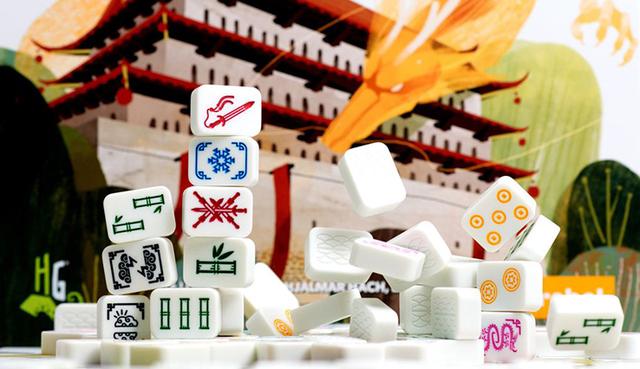
(The picture originates from the internet )
The dragon god cards in the game require players to build their fortress into a corresponding shape to obtain additional points, while the god card allows players to discard a mahjong card on their own board to perform a special action. Although the abstract gameplay combined with Mahjong is very Western-style, but the game art is very delicate, and the playability is also quite good. Moreover, the dragon here appears completely in the image and meaning of the oriental "loong", which is also an exchange and progress of East and West culture.
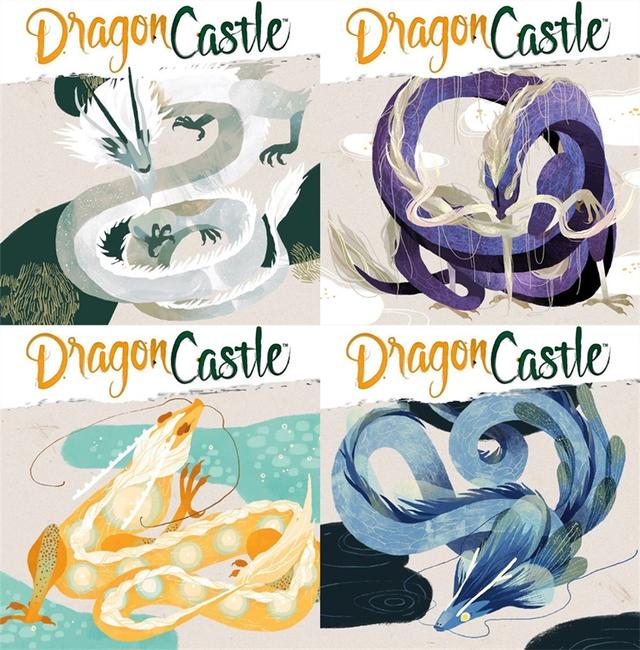
(The picture originates from the internet )
In addition to board games, the image of "dragon" in Western film and television works has gradually ceased to be unified as a representative of evil.
The protagonist named Canglong in the 1996 movie "Dragonheart" is a kind-hearted Western dragon; in the 2001 special-selling animated movie "Shrek" there is a passionate and cute fire-breathing dragon who fell in love with the protagonist Shrek; In the popular Harry Potter series of movies, the dragon in the fourth "Harry Potter and the Goblet of Fire" is neutral; the dragon in the 2006 "Eragon" is the dragon rider ’s mount, and it grew up together. Partner; the dragon in the 3D animation "How to Train Your Dragon" in 2010 is the party that represents justice, letting people see that the dragon can also be cute and warm.
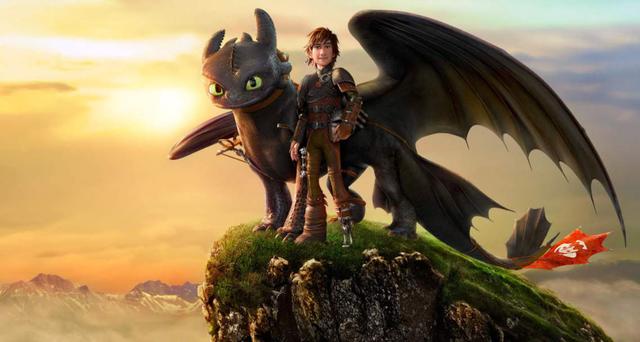
(The picture originates from the internet )
Although no one knows what a real "dragon" or "loong" is, the worship of dragons or snakes that is deeply rooted in the genes has never changed-no matter how East or West, the image meaning of dragons changes with time and history The footsteps change, the same thing is that it is always powerful like a god, and it has the magical ability to fly in the sky and swallow the sky.
Dragon culture is also closely connected with human culture and civilization epics. Everyone will have a dream about adventure, whether it is falling into the forest or diving into the sea, whether it is plundering treasure or defending justice, if there is a dragon that appears to be evil in this dream, it will add one to your journey An unforgettable memory.

(The picture originates from the internet )

Facebook:@czyy.me
E-mail:service@czyy.me
